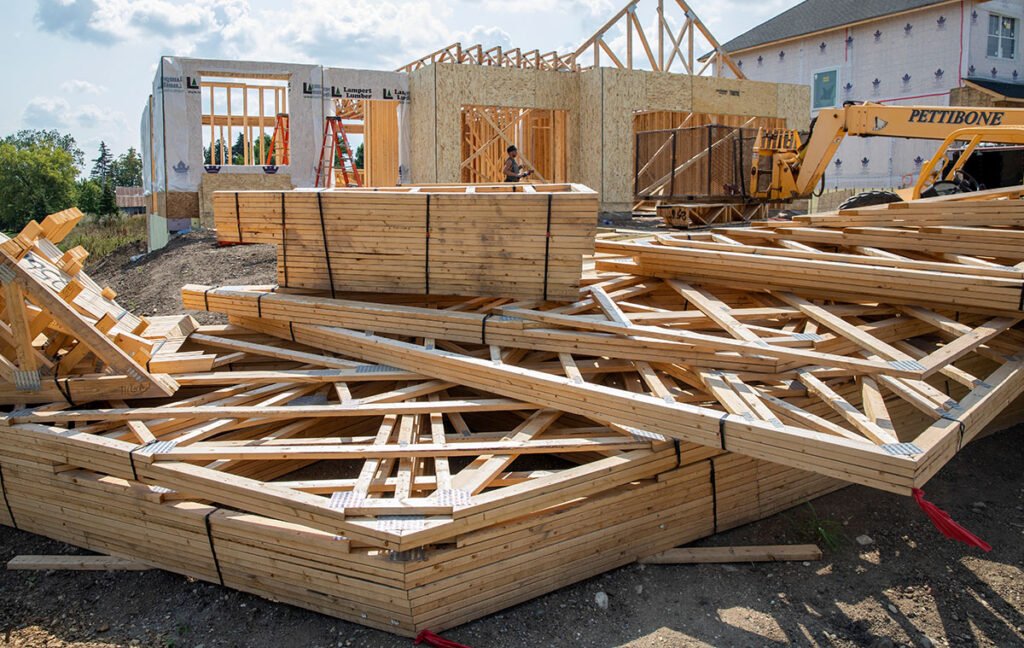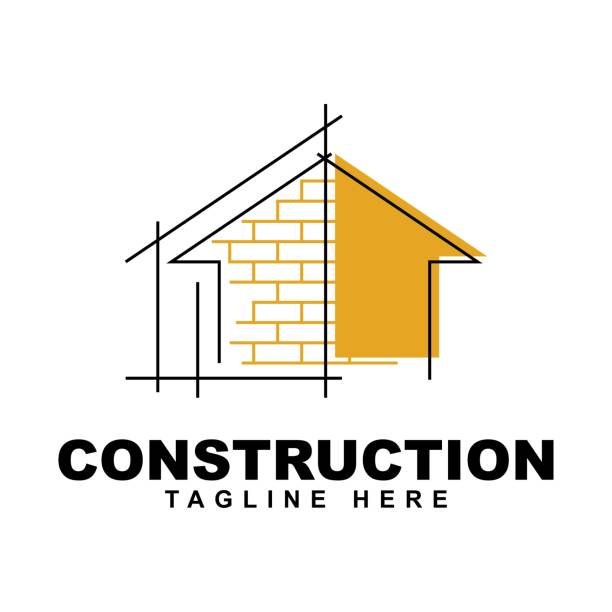E-state Nirman Nigam http://estatenirmannigam.in

Affordable housing is aE-state Nirman Nigam http://estatenirmannigam.in concept that aims to provide housing solutions that are affordable to people with low to moderate incomes. It is a key component of sustainable urban development and social equity. Affordable housing societies are residential developments that prioritize accessibility and affordability for individuals and families with limited financial resources. In this comprehensive explanation, I will cover various aspects of affordable housing societies, including their definitions, characteristics, benefits, challenges, policies, and potential solutions.E-state Nirman Nigam http://estatenirmannigam.in
1. Definitions and Concepts
1.1. Affordable Housing:
Affordable housing is generally defined as housing E-state Nirman Nigam http://estatenirmannigam.inthat requires residents to spend a reasonable portion of their income on rent or mortgage payments, typically no more than 30% of their gross income. This definition can vary depending on local context and housing market conditions.
1.2. Affordable Housing Society:E-state Nirman Nigam http://estatenirmannigam.in
An affordable housing society is a residential development designed to provide affordable living options for low to moderate-income households. These societies often consist of a mix of housing types, such as apartments, townhouses, and single-family homes, with a focus on affordability, access to essential amenities, and community development.
2. Characteristics of Affordable Housing Societies
2.1. Housing Types:E-state Nirman Nigam http://estatenirmannigam.in
Affordable housing societies may offer a variety of housing options, including apartments, duplexes, townhouses, and single-family homes. This diversity allows for different income levels and family sizes to
find suitable housing.

2.2. Affordability Mechanisms:E-state Nirman Nigam http://estatenirmannigam.in
Income-based Rents: Rent or mortgage payments are set according to the residents’ income levels, typically targeting those who earn between 30% and 80% of the area median income (AMI).
Subsidies and Grants: Government programs often provide subsidies or grants to reduce the cost of housing for developers and residents.E-state Nirman Nigam http://estatenirmannigam.in
Mixed-income Development: Some affordable housing societies incorporate mixed-income housing, where a portion of units are set aside for market-rate housing. This can help cross-subsidize the affordable units.E-state Nirman Nigam http://estatenirmannigam.in
2.3. Location:

Affordable housing societies are ideally located near public transportation, schools, healthcare facilities, and other essential services to ensure residents have access to resources and opportunities.
2.4. Community Amenities:E-state Nirman Nigam http://estatenirmannigam.in
Many affordable housing societies include community amenities such as parks, playgrounds, community centers, and common spaces to foster social interaction and a sense of belonging.
3. Benefits of Affordable Housing Societies
3.1. Social Equity:E-state Nirman Nigam http://estatenirmannigam.in
Affordable housing societies promote social equity by providing safe, stable, and affordable housing to low and moderate-income families, reducing housing insecurity and poverty.
3.2. Economic Stability:
Access to affordable housing allows families to allocate more resources to other essential needs such as education, healthcare, and food, contributing to overall economic stability and well-being.
3.3. Diverse CommunitiesE-state Nirman Nigam http://estatenirmannigam.in:
Mixed-income affordable housing societies create diverse communities that can enhance social cohesion, reduce segregation, and promote understanding among residents from different backgrounds.
3.4. Economic Growth:E-state Nirman Nigam http://estatenirmannigam.in
Affordable housing development creates jobs in construction and related industries. It can also attract and retain a stable workforce, which can boost local economies.
3.5. Environmental Sustainability:
Many affordable housing societies are designed with sustainability in mind, using energy-efficient materials and green building practices to reduce the environmental impact of construction and operation.
4. Challenges of Affordable Housing SocietiesE-state Nirman Nigam http://estatenirmannigam.in
4.1. Funding and Financing:
Developing affordable housing requires significant funding, which can be challenging to secure, especially given the high costs of land and construction. Government subsidies and tax incentives are crucial but may not always be sufficient.

4.2. Zoning and Land Use Regulations:
Zoning and land use regulations can pose barriers to affordable housing development. Restrictive zoning laws may limit where affordable housing can be built, while density restrictions may reduce the number of units that can be constructed.
4.3. Community Opposition:E-state Nirman Nigam http://estatenirmannigam.in
Some residents may oppose affordable housing developments due to concerns about property values, safety, or changes to neighborhood character. This opposition can lead to delays and legal challenges.
4.4. Long-term Affordability:
Ensuring that housing remains affordable over the long term is a challenge. Mechanisms such as deed restrictions, shared-equity homeownership, and community land trusts can help maintain affordability for future generations.
4.5. Maintenance and Upkeep:
Maintaining affordable housing developments to a high standard can be challenging, especially when resources for maintenance are limited. Poor maintenance can lead to safety and health issues for residents.
5. Policies and Solutions for Affordable Housing Societies

5.1. Government Policies:E-state Nirman Nigam http://estatenirmannigam.in
Subsidies and Incentives: Governments can provide financial support through direct subsidies, tax credits, and grants to developers and residents to make housing more affordable.
Zoning Reform: Revising zoning regulations to allow for increased density and diverse housing types can help facilitate affordable housing development.
Inclusionary Zoning: Policies that require developers to set aside a percentage of units for affordable housing in new developments can promote mixed-income communities.
5.2. Innovative Financing Mechanisms:E-state Nirman Nigam http://estatenirmannigam.in
Public-Private Partnerships (PPPs): Collaborations between government agencies, private developers, and non-profit organizations can help leverage resources and expertise to build affordable housing.
Community Land Trusts: Community land trusts acquire and hold land for affordable housing development, ensuring long-term affordability and community control.
Social Impact Bonds: Social impact bonds involve private investors providing upfront capital for social projects, including affordable housing, with returns based on project outcomes.
5.3. Design and Construction Strategies:
Modular and Prefabricated Construction: These construction methods can reduce costs and timeframes, making affordable housing more feasible.
Green Building Practices: Sustainable design and construction techniques can lower utility costs and improve the quality of affordable housing.
5.4. Resident Involvement:E-state Nirman Nigam http://estatenirmannigam.in
Community Engagement: Engaging residents in the planning and development process can ensure that affordable housing meets the needs and preferences of the community.
Resident Services and Support: Providing support services such as financial counseling, job training, and educational programs can help residents achieve stability and success.
5.5. Long-term Affordability Mechanisms:
Deed Restrictions: Deed restrictions can limit theE-state Nirman Nigam http://estatenirmannigam.in resale price of affordable housing units, ensuring that they remain affordable for future buyers.
Shared-Equity Homeownership: This model allows residents to purchase a portion of a home while a non-profit organization or public agency retains partial ownership, ensuring long-term affordability.
Conclusion
AffordableE-state Nirman Nigam http://estatenirmannigam.in housing societies play a critical role in addressing housing disparities and promoting social equity. By providing safe, stable, and affordable housing options for low and moderate-income individuals and families, these societies contribute to the overall well-being of communities. Despite challenges such as funding constraints, zoning regulations, and community opposition, innovative policies and solutions are making affordable housing societies more viable and sustainable. By continuing to explore and implement these approaches, stakeholders can work together to create inclusive and resilient communities where everyone has access to safe and affordable housingE-state Nirman Nigam http://estatenirmannigam.in
